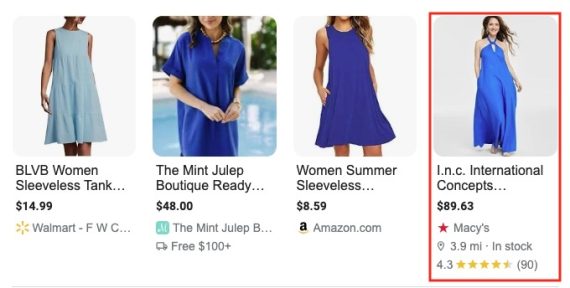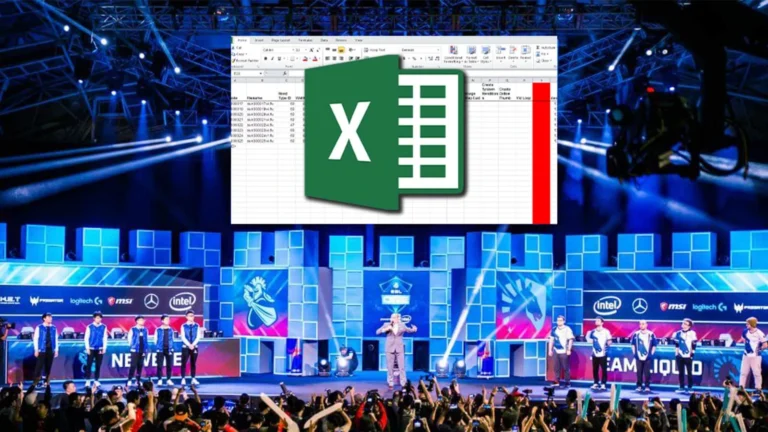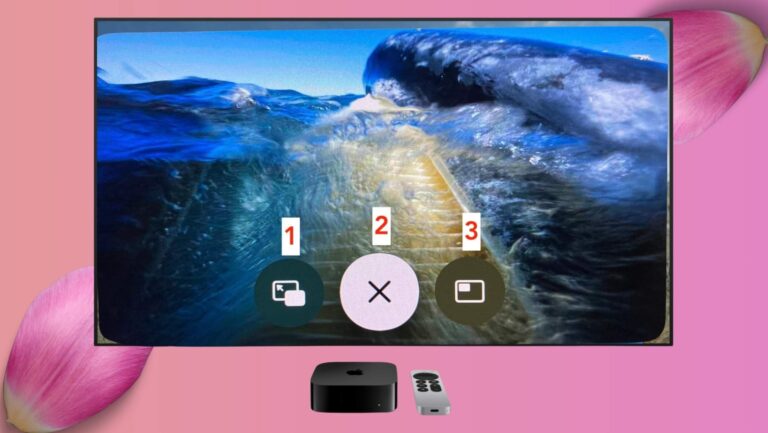Google Ads has invested heavily in video. Recent examples include new YouTube advertising formats and Performance Max video campaigns. Video isn’t solely a brand awareness play. Compelling product videos can generate sales while promoting the brand. Google refers to this method as “leveling up for action” using ABCD principles:
- Attention,
- Branding,
- Connection,
- Direction.


“Leveling up for action” progresses from Attention to Branding to Connection to Direction. Image: Google.
Google Ads offers seven YouTube campaign subtypes for video. They range from reaching users while browsing to driving conversions. The subtypes I will review are:
- Video views,
- Drive conversions,
- Ad sequence.
With all subtypes, audience targeting segments are in-market, affinity, demographics, and advertiser-created. The right targeting is critical. Certain campaigns are for prospecting, while others are down-funnel. Audience targeting and associated videos must align with a campaign’s goals.
Video Views
The “video views” campaign subtype is new and targets users likely to consider the product or brand. The advantage is the ads are responsive. Advertisers provide a long headline and description along with the video and landing page URL. Google then shows the video across the different ad formats, including skippable in-stream, in-feed, and through YouTube Shorts.
Bidding is set at a target cost per view (CPV), and advertisers must include a total budget with an end date. For example, a two-week campaign may have a $2,000 budget with a CPV of $0.05.
A couple of beginning steps are necessary to avoid showing ads on irrelevant YouTube channels and other sites. First, confirm the option in the Networks section to target video partners on Google’s Display Network is unchecked.
Then, once the campaign is live, add topic, placement, and keyword exclusions. Similar to negative keywords in Search campaigns, these exclusions stop ads from showing on the wrong sites and YouTube channels. Unfortunately, without exclusions videos will show on irrelevant sites even with precise targeting.
Drive Conversions
Advertisers using the “drive conversions” subtype can optimize for specific actions and use goal-based bid strategies such as target cost-per-acquisition and return-on-ad-spend. Ecommerce merchants can attach their Google Merchant Center feed to show products with the ads.
Test a variety of videos and lengths. For example, test three videos, each at 10, 20, and 30 seconds, for nine altogether. As with video views, “drive conversions” ads are responsive.
Here are a couple of examples, below. The first is a skippable in-stream ad on computers, and the second is an in-feed video on phones.
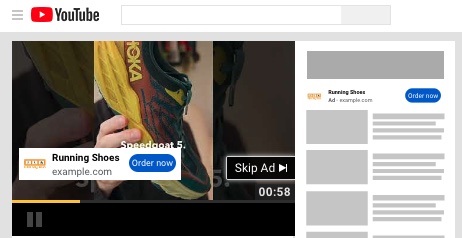

Sample skippable in-stream ad on a computer. Image: Google.
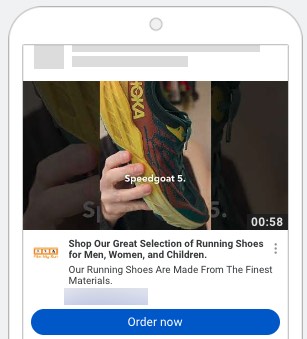

In-feed video ad on a phone. Image: Google.
Ad Sequence
Perhaps the most interesting campaign subtype, ad sequence tells a story through a video series. Consumers must view a video before they can see the next. Google offers many sequences. The most common is “custom” (advertisers create their own sequence) and “automatic” (Google optimizes).
As with the other campaign subtypes, ad sequence audiences can be as general or as specific as necessary. Bidding is target cost-per-thousand-impressions (CPM) or maximum cost per view. Budgets are set with end dates. Ads can show only on YouTube for 7 or 30 days — viewers see an entire sequence just once during that time.
A sample sequence can include three videos, such as:
- First video: details a problem.
- Second video: shows how the product solves the problem.
- Third video: explains how to buy the product.
Videos can be “skippable,” “non-skippable,” or “bumper.” A bumper ad is six seconds or less. Non-skippable videos are seven to 15 seconds. Skippable videos are any length but can be skipped after five seconds. Advertisers should keep video lengths in mind when crafting a story.
The transition type from one video to the next depends on the bidding strategy. The options are “impression” (ad was shown to the viewer), “view” (viewer engaged or watched at least 30 seconds), or “skip” (viewer skipped the ad). “Impression” is the most common — anyone served the video will see the next one.
Regardless, a well-aligned sequence is critical.

